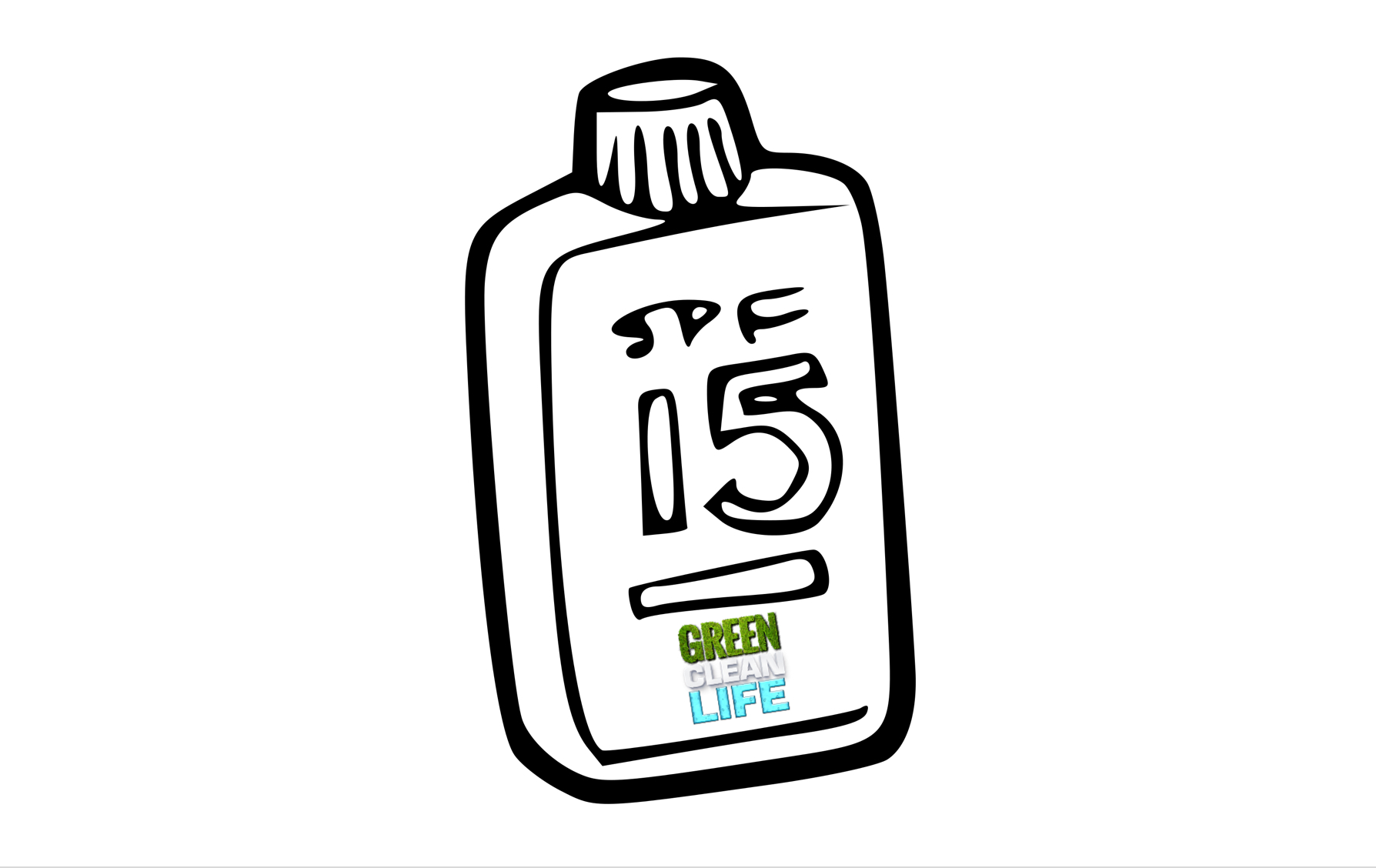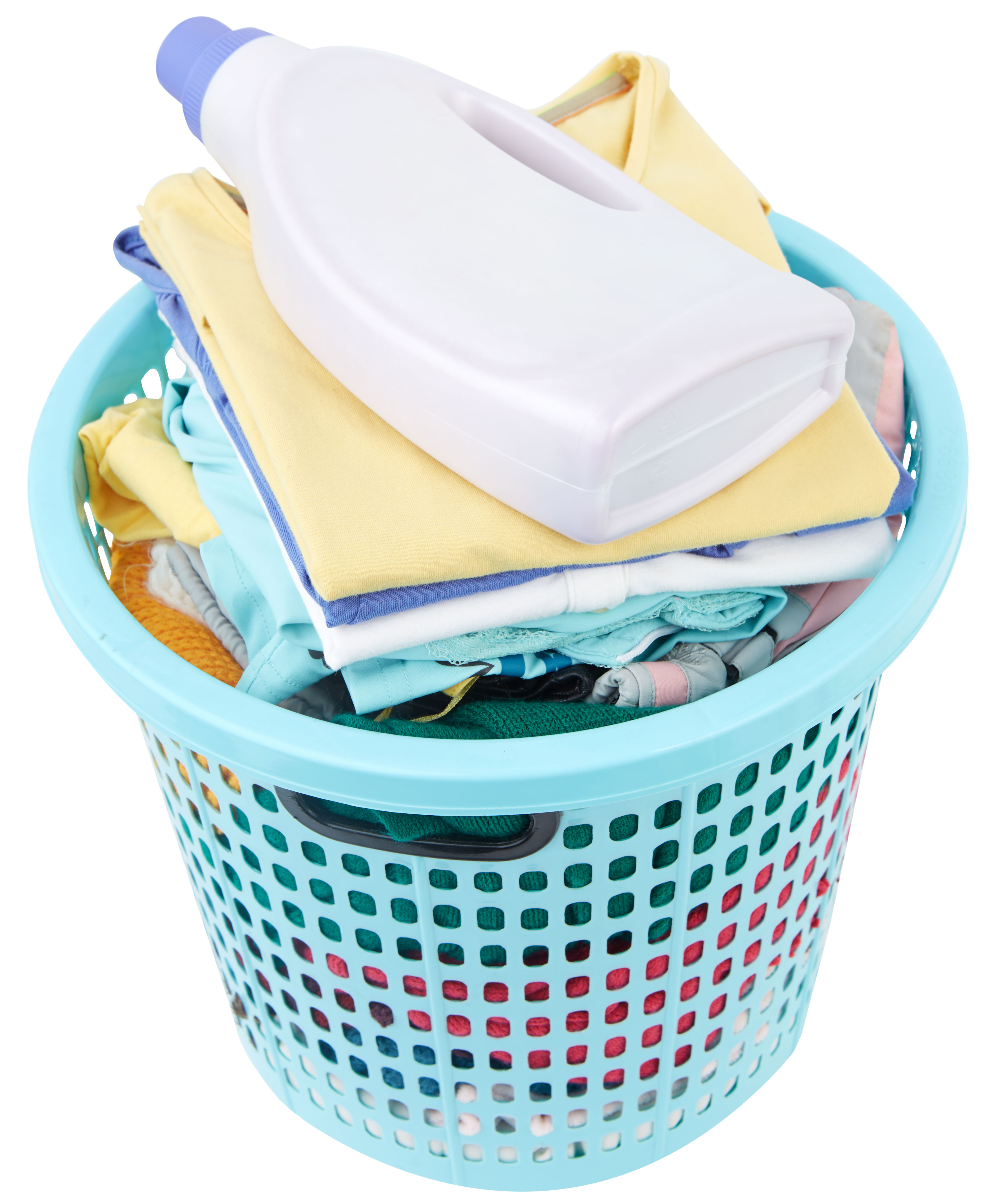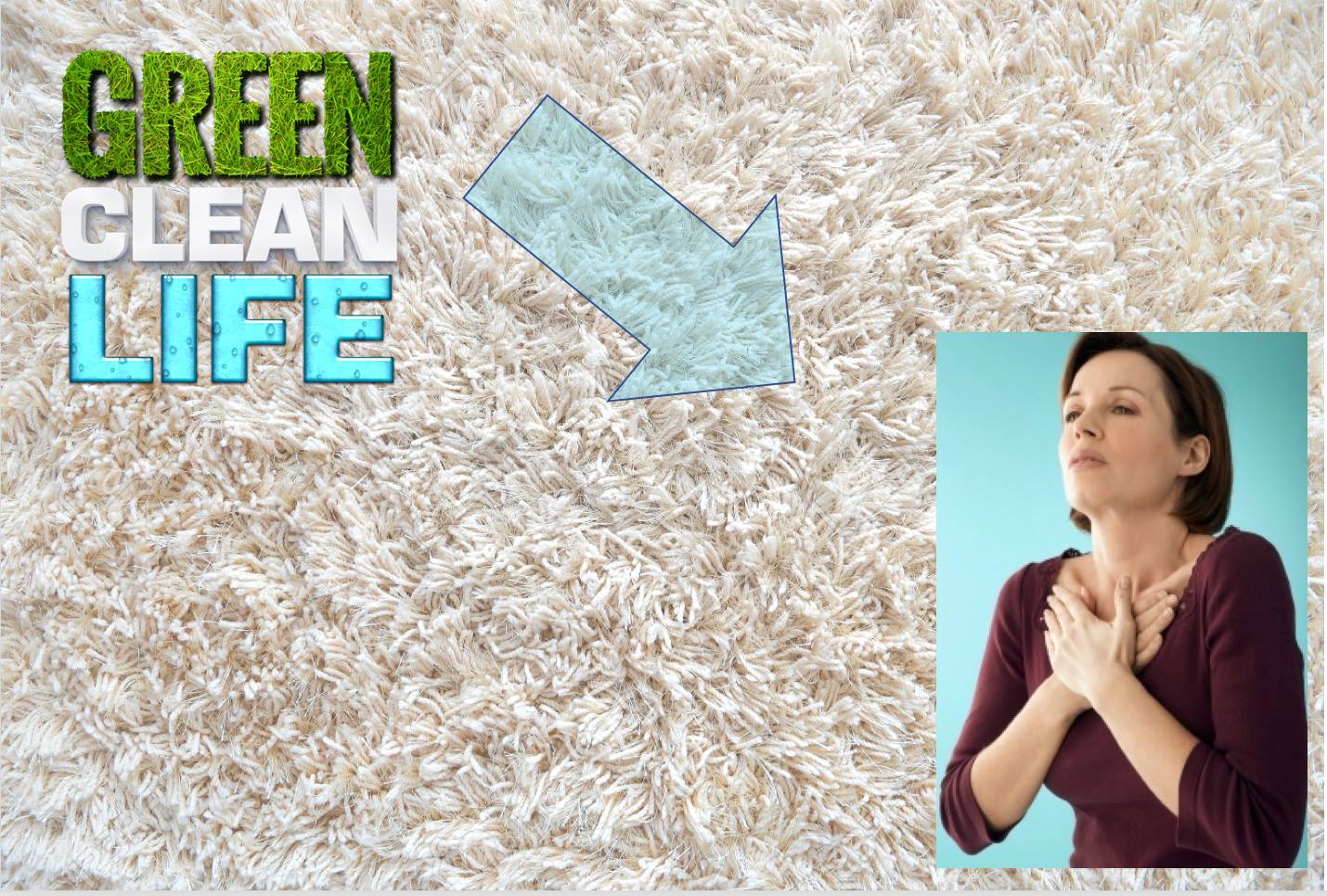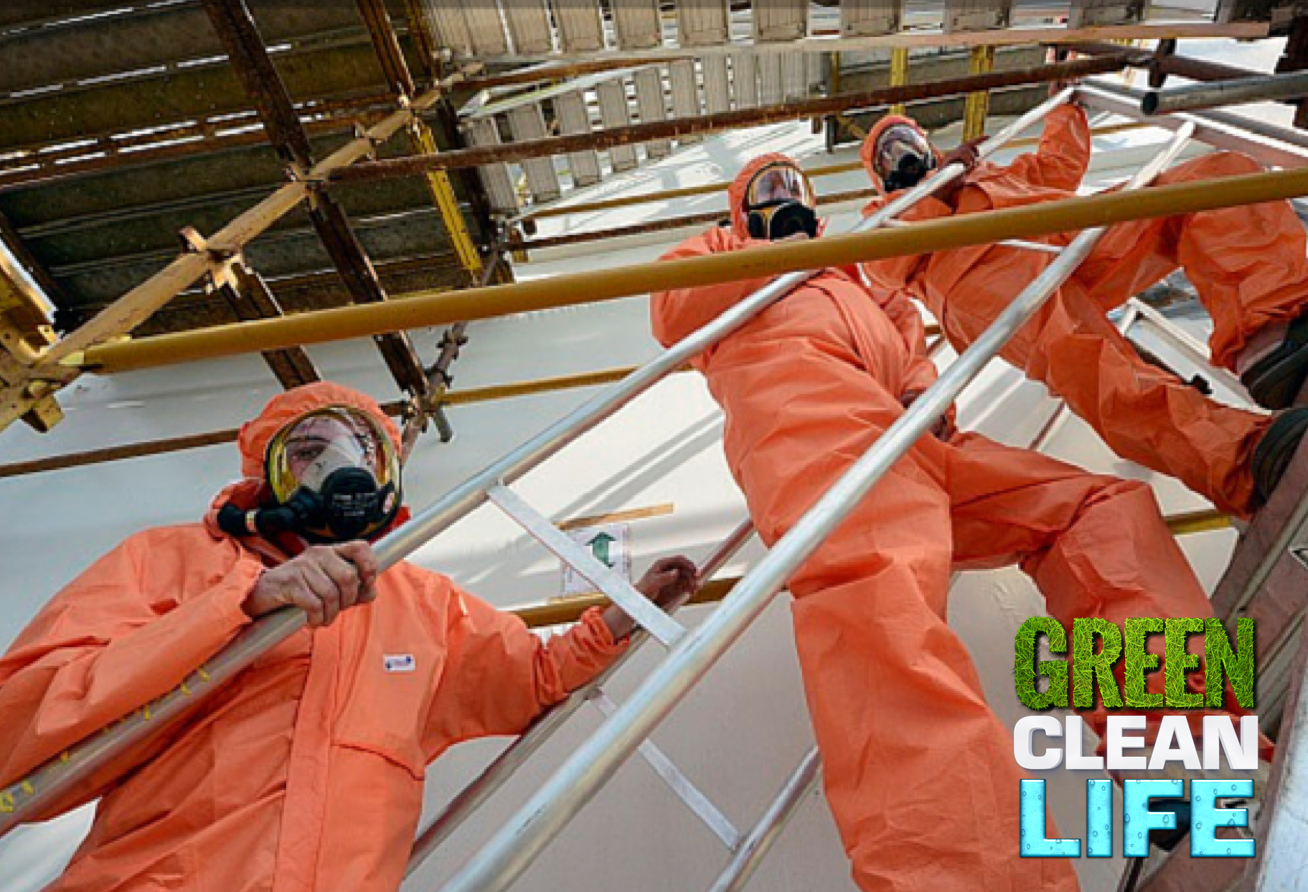The FDA may not have banned spray-on sunscreens as of yet, but one thing is for sure, they are doing more harm than good. We can at least thank the FDA for recently shedding some light on the potential health risks, especially regarding young children. This information feels like a 911 alert as most of the country slathers it on as if it’s a health food.
Let’s be very clear, inhaling aerosol sunscreen is dangerous and causes injury to the lungs. Especially, when it is being applied to the face, sunscreen is just plain toxic. At the very least, spray it into your hands first, then apply to your face. If there were no other options, maybe, but the truth is that there are a few, trusted alternatives on the market. Green Clean Life can help you make better choices.
Spraying sunscreen into the air also allows the spray to drift off into the air instead of adhering to the skin. This causes you to use much more than you would if it were a cream. The safest alternatives are cream and lotion formulas designed with no toxic chemicals and are safe for the whole family. The last thing you want to do is poison your family while you think you are keeping them safe.
One of the ingredients you should be looking out for is the chemical “oxybenzone”. This is predominant in almost every sunscreen you will find at your local drugstore. Unfortunately, oxybenzone penetrates the skin, promoting indirect DNA damage which causes the most lethal form of skin cancer: malignant melanoma. You read that correctly, your sunscreen is potentially causing cancer! Instead, use a mineral sunscreen (think zinc) to keep the sun protection on the surface of the skin.
Do you want to learn more about how you can eliminate toxins in your home? Click on the contact us form and let us know. Our Green Clean Life champion would love to help.




